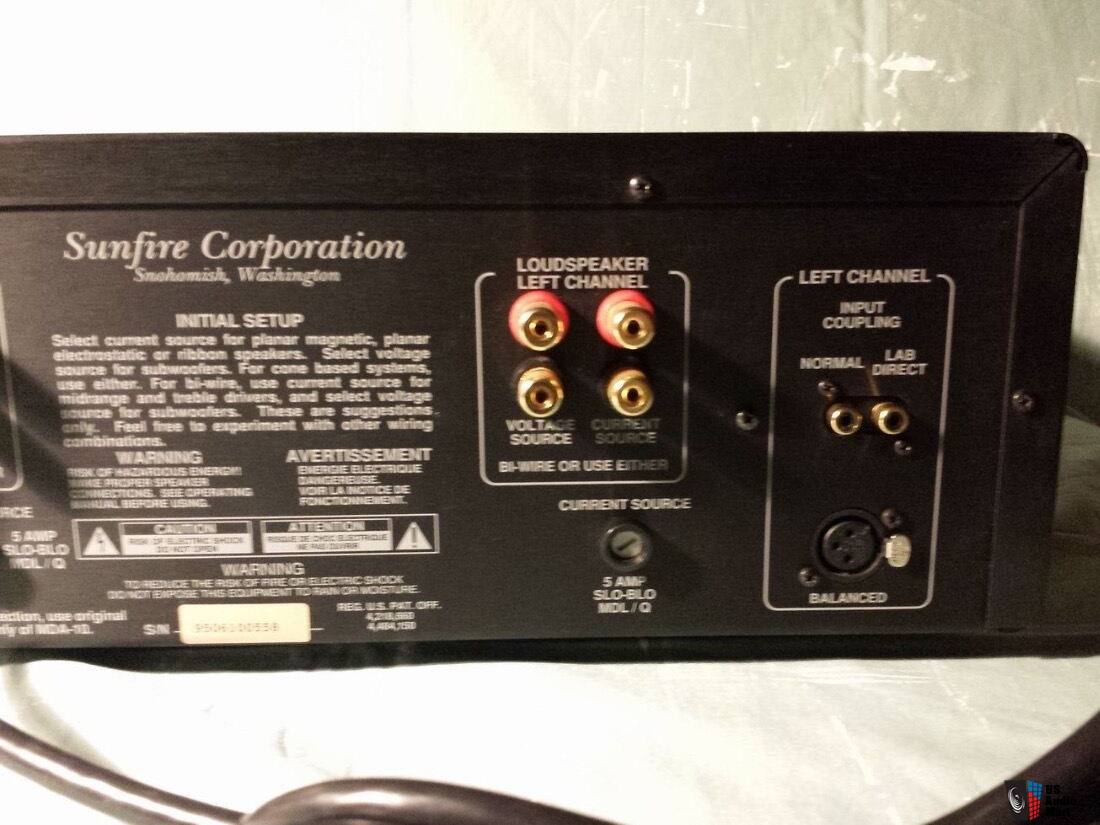@kota1 That is funny, Carver was definitely ahead of his time he just had a professional line of PA speakers and mixers that were really bad, I'm sure it wasn't his fault but still his name was on it.
My BHK amps are tube front end and MOFSET back end that is actually a better system for an amp to sound better if it's connected to a passive or a hybrid speaker like my 9Hs the mid and high end are amazing the mid is a large beryllium cone, maybe 7 inches, even the expensive speakers aren't doing that, the 9h has fixed the edgy sound of the beryllium tweeter by using the grid in front of it, against my better physics judgement but it works.
The Macintosh amps are perfect for bi-amping but what if I bought the Macintosh 900 then also used my BHK monos for tri-amping the Sonus Faber Aida how much latency would you expect, I'm not sure if there are any digital circuits in those amps, and time alignment is of course very important. The Aidas are so beautiful I may not have a choice, I'm falling in love with their looks.


